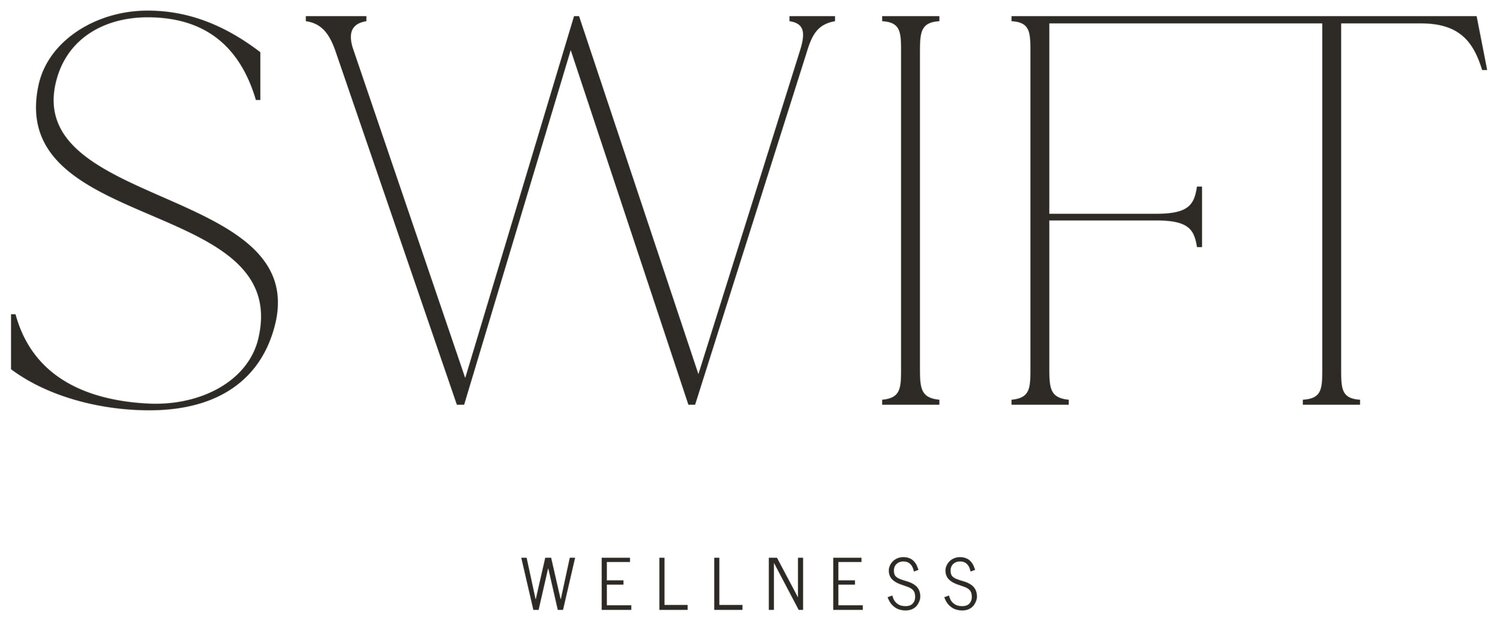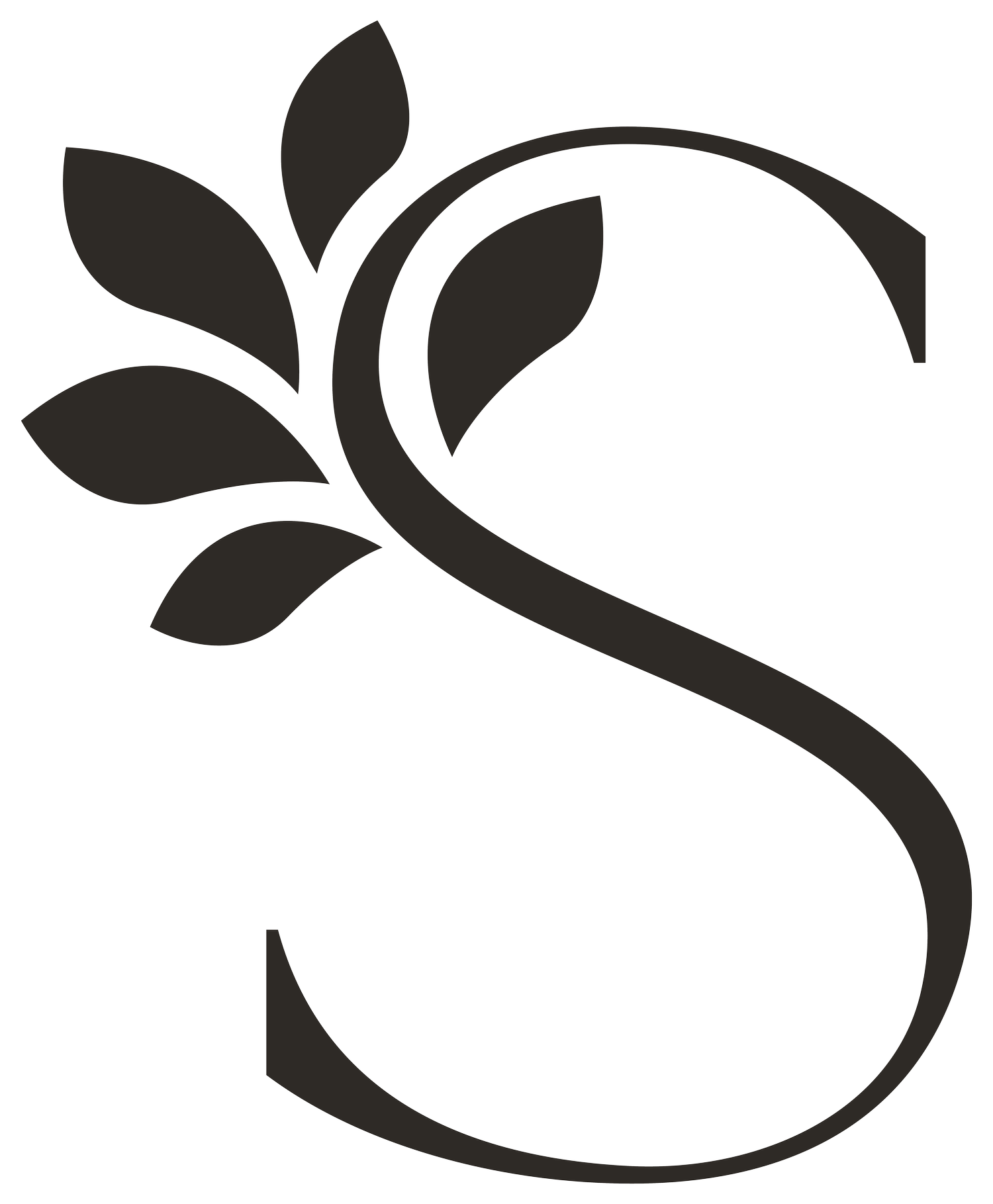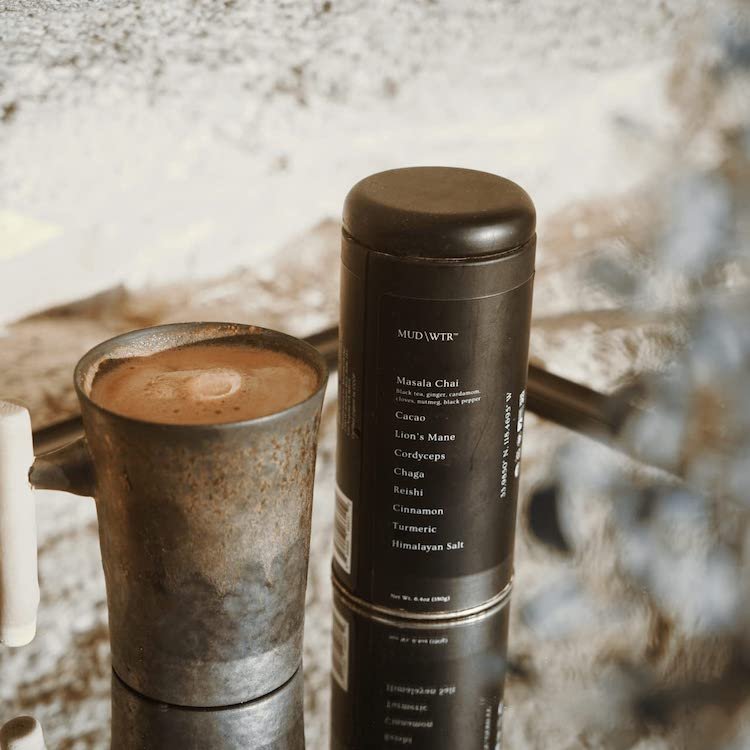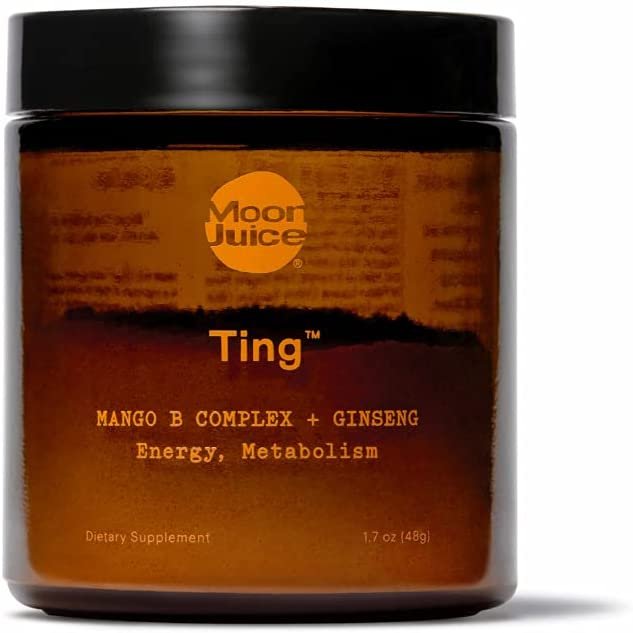6 Coffee Alternatives To Consider Instead Of That Cup ‘O Joe
This page may contain affiliate links. As an Amazon affiliate, we may earn a small commission for any purchases made through these links. Click here for the disclosure statement.
Starting the day with a cup of coffee—whether it be decaf, black, or an iced latte—is a given routine for many people. You’ll see countless images of coffee preparation and drinking while scrolling social media, and it’s within reason to consider it a daily essential for most of us. Yet, coffee isn’t always the best way to perk up in the morning, as it can lead to increased anxiety, gut troubles, or a costly spending habit.
Typically, things are best in moderation, and that includes your precious cup of joe! Caffeine is a drug, so if you find yourself addicted to your morning cuppa, this might be your sign to ease off with a coffee alternative!
If you’re looking to lessen your caffeine intake, you’ll be happy to know there are plenty of good coffee alternatives. You don’t have to sacrifice the ritual of making yourself a cup of something in the morning, and you may like the idea of drinking a coffee substitute—especially a decaf one—later in the day.
Change Up How You Brew
You probably have a go-to style of brewing your coffee at home and a Starbucks order you could recite in your sleep, but did you know that the way you make your coffee impacts how caffeinated it is? Some brewing methods extract more caffeine than others, and water temperature and time impact the result, as well. You can research coffee as much as you’d like to find a happy medium, but not all brewing methods are practical for home brewing.
I consult the book Brew Better Coffee at Home by Brian W. Jones when I’m in doubt. The book states, “The ratio of bean to water you use when brewing ultimately determines the strength of the coffee.” This is true no matter your brewing method—pour over, french press, drip coffee, Aeropress, or overnight cold brew.
A quick rule of thumb is that coffee will be stronger the longer you let it steep, so keep an eye on the clock if you’re making it yourself. Common methods—like a Chemex pour over or french press—need to be timed, so there’s some wiggle room for you to play with. To lessen the amount of caffeine, you can increase the water to grounds ratio or speed up the process.
The best way to decrease caffeine in drip coffee—this includes countertop coffee makers like Keurigs and Mr. Coffee—is to make less coffee, water it down, or use a blend of half-regular and half-decaf grounds. For Aeropress coffee, adjust your water to grounds ratio. You can also do the same for overnight cold brew steeping or by watering it down after you have filtered out the beans.
Substitute For A Taste Almost Like the Real Thing
In the case you need to cut back on caffeine or cut it out entirely, there are coffee substitutes that taste close to the real thing. Of course, the most obvious is decaf coffee, which is, “the result of a process that removes most of the caffeine content from any unroasted coffee bean,” according to Brian W. Jones.
You can find decaf coffee at your local grocery store, cafe, or from online retailers, like Volcanica Coffee. If you like flavored coffee, you can get decaf versions from Winan’s, an Ohio coffee shop I love for its beans, especially the Maine Blueberry and Snikkerdoodle flavors (they make amazing cold brews)!
Mud/wtr is a popular coffee alternative that has only 1/7 the amount of caffeine. The mixture comes in a powder that you combine with hot water and whisk before drinking. The coffee substitute is made with ayurvedic herbs, adaptogens, and cacao to keep you feeling sharp, but not jittery. I drank Mud/wtr when I needed to cut back on my coffee intake, and I liked the earthy flavors, especially in the fall!
Image: Amazon
Make Matcha Instead
Matcha is a traditional Chinese powdered green tea that has become mainstream over the last few years, though it dates back centuries. Matcha has a modest amount of caffeine and contains antioxidants and L-theanine that helps with focus and stress reduction. The quality of matcha is important, so I recommend doing a bit of research before you select a brand. My recent favorite is Sonogi Matcha from Hugo Tea. You can also find matcha on Amazon for quick delivery.
Much like coffee, making matcha includes a ritual-like preparation. In lieu of grinding beans and steeping the grounds, you simply heat up water and portion out the powdered matcha into a bowl. Some people also like to sift it so there aren’t any clumps. Then, you pour a small amount of water over the matcha and hand-whisk it in a Z or M shape with a special matcha whisk, also known as a chasen. The matcha concentrate will become frothy and bubbly. Then, you pour the matcha in a mug and top with more water or foamed milk. You can also drink matcha iced or mixed with tea or lemonade for fruitier flavors.
Image: Amazon
Try Chai
You’ve likely heard of chai lattes or chai teas, both of which are drinks created to feature chai—a blend of spices like cardamom, cloves, cinnamon, ginger, and others. Depending on the ingredients, chai can be caffeinated, but not always. On its own, chai is a rich, flavorful drink that you can enjoy without the added coffee—an ideal coffee alternative one might say.
The Oregon Chai Tea Latte Concentrate is a pre-made chai mix that you can warm up or drink over ice, perfect for replacing your typical coffee order with. There’s also a slightly caffeinated Chai Latte from Minor Figures, a brand known for barista grade oat milk.
My go-to chai is the Kava Chai concentrate made by Conscious Seed. The blend is made from raw honey, kava root, ginger, cardamom, turmeric, and cassia cinnamon. The chai is decaffeinated, so you can drink it any time of day. It comes in a jar and is the consistency of a nut butter.
Simply make a cup by stirring a spoonful into a mug of hot water. In the summer, I also pre-make a large mason jar of chai to store in the fridge for quick drinks.
Image: Amazon
Sip on Tea
Tea is one of the best coffee substitutes because there are so many varieties and flavors. There are black teas, green, oolong, floral, and so on. You can find mildly caffeinated blends or shop strictly decaf; the options are endless. I recommend Tazo tea because it’s widely available and has strong flavors. An assorted pack is a great starting place if you aren’t sure which flavors you’ll like.
Black tea has some caffeine (though not as much as coffee) and can help you stay focused and wean off the stronger stuff without a mid-morning nap. The Flow brew from Steep & Mellow also has gotu kola and eleuthero for added support.
I’m also a big fan of loose-leaf tea, which is tea that comes in larger quantities and isn’t packaged individually. I like to brew tea in large jars or mix some teas together, so loose leaf varieties make sense for me. I always keep two favorites on hand, both from Churchill’s Tea from Findlay Market in Cincinnati, Ohio: Apple Strudel Herbal tea (tastes like dessert) and Orange Passion Oolong tea (tastes like the summer solstice).
Image: Amazon
FLOW Black Tea with Adaptogenic Mushrooms
Steep & Mellow
Image: Amazon
Add in a Supplement
Finally, if you haven’t found the perfect morning drink to replace coffee, try supplements. Maybe replacing the caffeine with good-for-you elixirs is what will do the trick! If you like turmeric, try a Golden Latte—a vegan herbal supplement mix made with turmeric, ashwagandha, and black pepper. Moon Juice’s Ting supplement is another that is packed with B vitamins and ginseng for mood and metabolism support.
Image: Amazon
Turmeric & Coconut Milk Powder Golden Latte Mix
Four Sigmatic
Image: Amazon
Ting
Moon Juice
Your mornings can (and will) still exist if you switch up your coffee intake. Some people may even find that they enjoy a brighter morning by drinking Mud/wtr or switching to tea. There are many ways to enjoy a brighter morning, so try out a few and see what works best for you!









